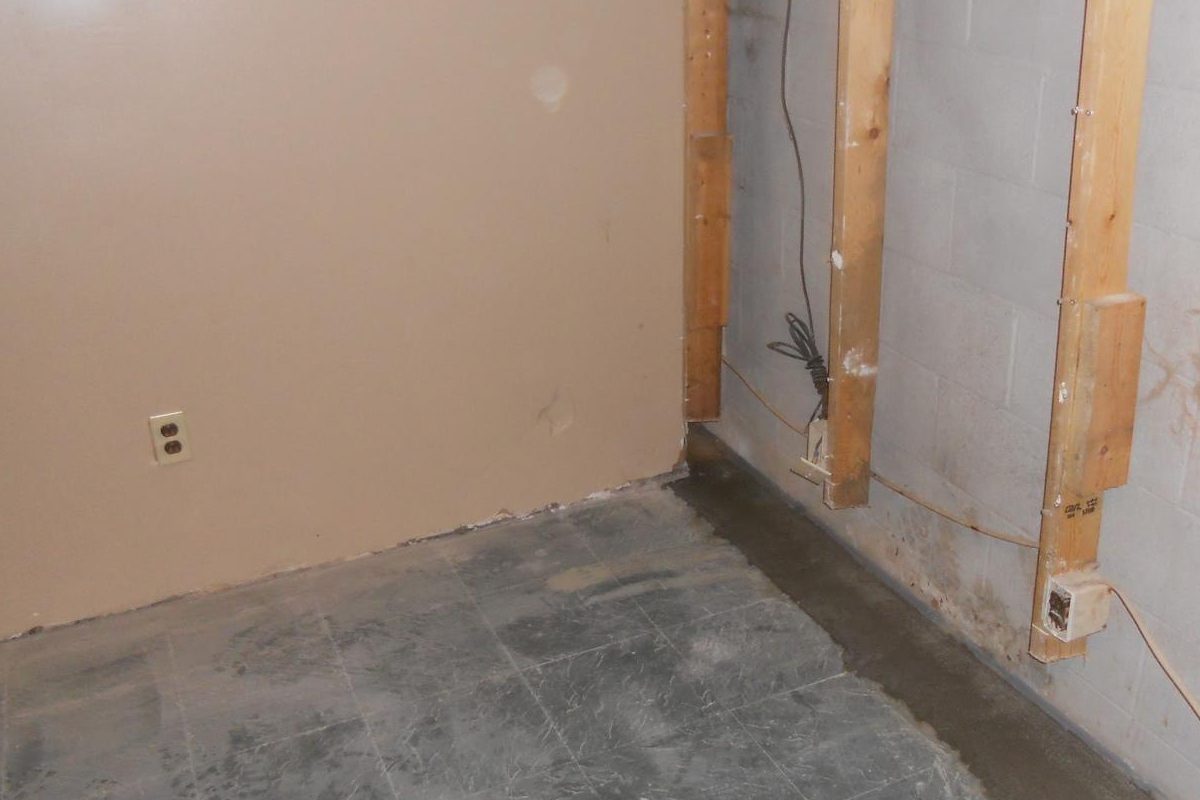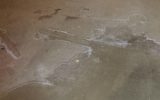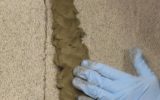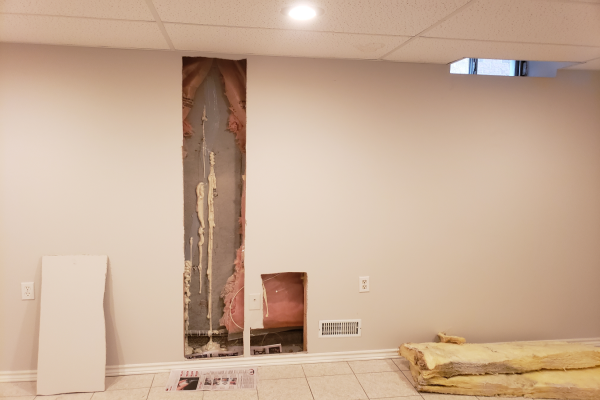Anyone who has spent any time on the Internet researching wet basement solutions will soon come to realize that there are quite a few methods available on the market. Unfortunately, there are many published differing points of view in terms of the best repair options for basement leaks. To complicate things further, during waterproofing quotes, waterproofing contractors evaluating the same situation will often provide differing opinions about the most suitable repair method.
Why you want to know about wet basement repair methods
In this post we discuss the logic behind the different basement waterproofing methods. Reading this post will go a long way to providing you with clarity concerning the repair that is being proposed and whether or not the solution makes sense.
This blog post discusses wet basement solutions applicable solely to leaking foundation walls. It is a fact that excavating a wall on the exterior and sealing the basement walls by applying an elastomeric waterproof coating will solve all leaks through foundation walls. Unfortunately, this type of waterproofing repair is the costliest and the most destructive approach to take. However, there is no doubt that applying an elastomeric rubber coating will absolutely prevent water from penetrating your foundation walls. Note: one must not take for granted that this type of foundation coating will necessarily be used by the waterproofing contractor that you hire; consequently, it is important that you confirm its use before you hire a particular contractor to do waterproofing work.
Exterior Foundation Waterproofing
Given the destruction associated with the exterior foundation wall waterproofing and its high cost, this approach to basement waterproofing may not be desirable. Fortunately, other less expensive options are available to you. One of the alternatives to exterior waterproofing is the installation of an interior weeping tile system / perimeter drain system. This basement waterproofing system is also fairly destructive because it involves cutting open the basement floor. If you have a finished basement, the finished basement walls must necessarily be removed and discarded. It is important to note that concrete block/cinder block foundations can only be waterproofed by waterproofing the walls on the exterior or by installing an interior weeping tile system; there are no other professional waterproofing methods available to repair this type of foundation.
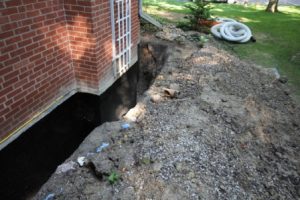
Crack Injection
Since the late 1970s, the majority of residential foundations in the suburbs around Toronto are have been made using poured concrete. Unlike concrete block foundations, poured concrete foundations are solid concrete; consequently, basement leaks occur only when water is able to penetrate the foundation walls through some kind of gap. Most of the time, water will penetrate a poured concrete foundation through either a crack or a tie-rod hole. The nature of the poured concrete foundation is such that it can be repaired using a relatively simple injection process. The epoxy or polyurethane injection of poured concrete foundation cracks is, by far, the least expensive and destructive way to eliminate and/or prevent a basement leak.
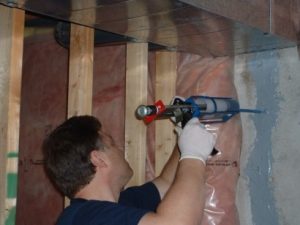
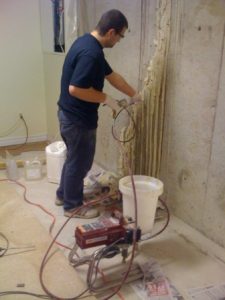
Of course it is possible to waterproof poured concrete foundations on the exterior using the same elastomeric rubber coating used for cinder block and stone foundations. However, the high cost of waterproofing foundation walls from the exterior and the associated damage to landscaping makes this approach an unattractive one. Despite this, many waterproofing contractors attempt to sell this waterproofing solution, probably because of the amount of money involved. The cost of exterior waterproofing is always in the thousands of dollars. Injections on the other hand, cost hundreds of dollars and do not even come close to approximating the damage associated with exterior waterproofing. The theory behind crack injection, whether epoxy or polyurethane, is that filling the gap completely eliminates the path through which water enters a basement. Once a crack has been filled, it no longer exists.
Interior Weeping Tile System Installation
Foundation crack injection using either epoxy or polyurethane resins requires that a technician possess a high level of expertise, obtained through training and experience. Because of this, some waterproofing contractors do not offer crack injection services because they are unable to reliably perform this type of basement wall repair. Some very large multinational waterproofing contractors acknowledge the inherent undesirable aspects of exterior foundation wall waterproofing; furthermore, they also recognize the difficulty in performing reliable injection work. For these reasons, such companies promote interior weeping tile systems which cost far more than crack injections.
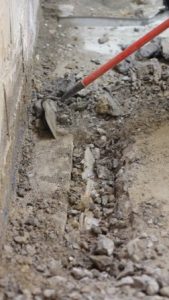
Conclusion
In conclusion, there are several different basement waterproofing options available in the marketplace. Understanding the pros and cons of any given method is crucial to choosing the method, which is most suitable for you.
We encourage you to use the search tool at the top right of this page to research the different basement waterproofing methods. For more information, do not hesitate to contact our technical staff today.

